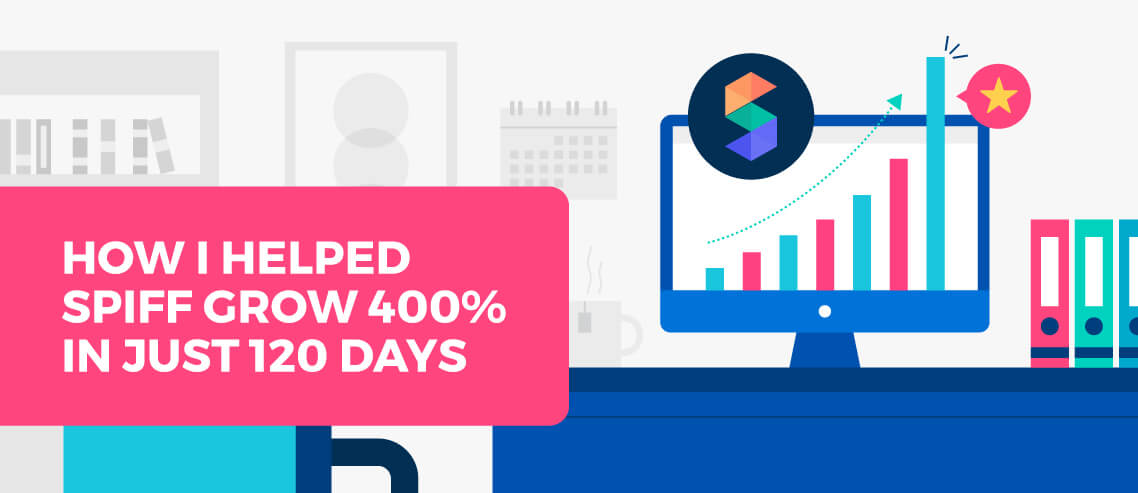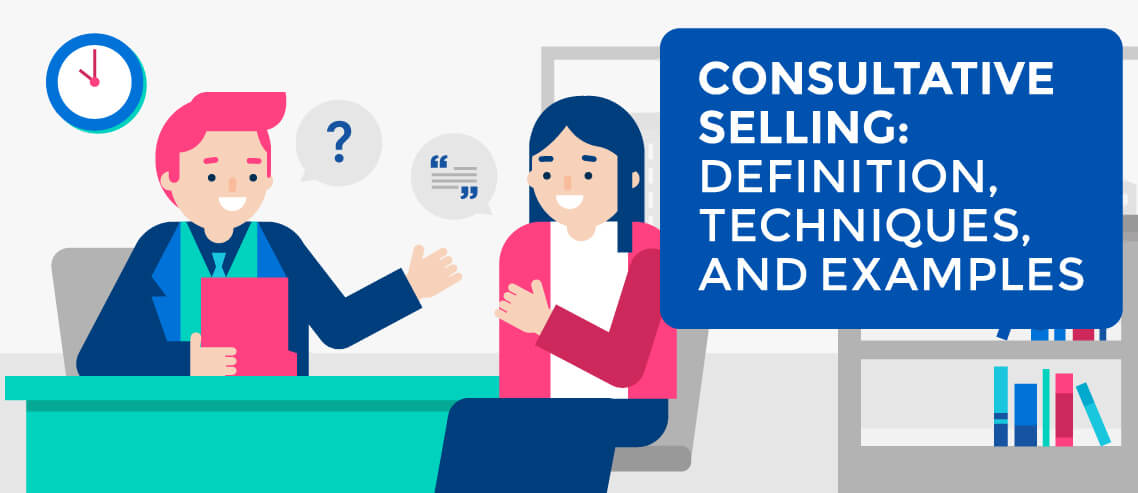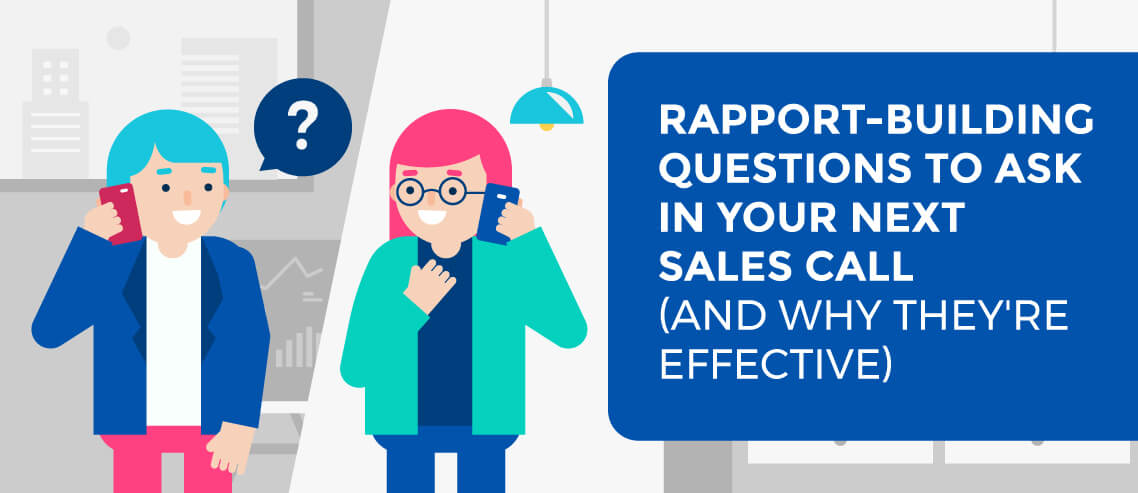How to Close a Sale (15 Sales Closing Techniques)
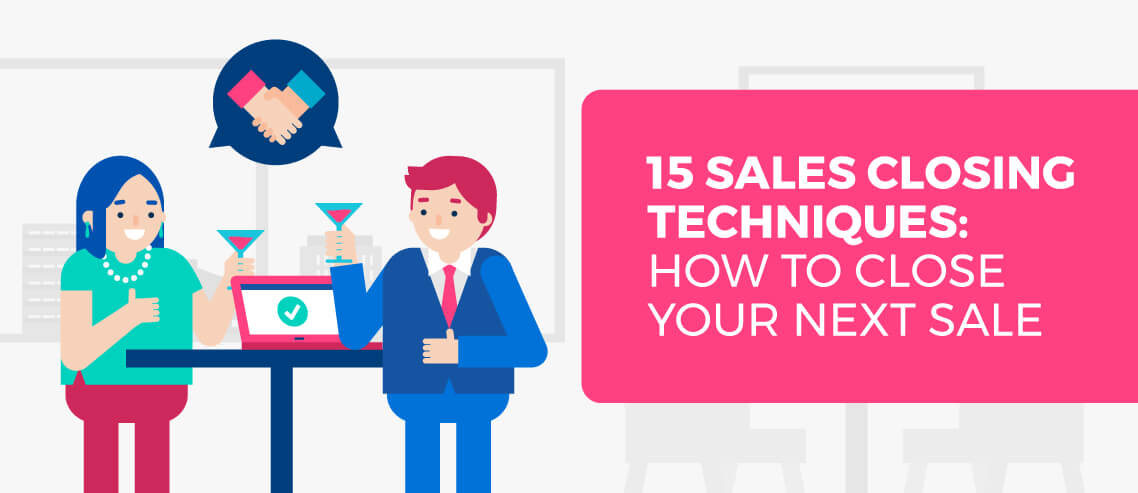
Contents
There’s nothing more important in the world of sales than closing. Seriously. You can reach out to the best qualified prospects in the world, and you can enter them into a world-class nurturing sequence. But if you can’t ultimately get them to pull the trigger and close the deal, all of that effort will have been for nothing.
Unfortunately, 30% of salespeople say “closing deals has gotten harder compared to 2 to 3 years ago,” according to Hubspot research. If you’re falling below the average sales close rate of 20%, it’s time to up your game. Give the following 15 closing techniques a try on your next call.
What Are Sales Closing Techniques?
We all understand that “closing the deal” is about persuading your lead to buy from you.
But more specifically, it’s about transitioning from your pitch – during which you’ve talked about the various benefits of your product and how it answers your lead’s problems – to agreeing a sale.
That’s not as easy as it sounds. Asking your lead to sign on the dotted line can disrupt the flow of the meeting and destroy the natural rapport you’ve worked so hard to build up. No wonder that 28% of salespeople say closing is the hardest part of their job.
Sales closing techniques are designed to smooth the salesperson’s path from pitching a product to asking for business. They’re a way of seamlessly integrating the close into your pitch, giving you the best possible chance of getting the desired result at the end of the meeting – without having to resort to overly pushy tactics that run the risk of derailing a business relationship before it’s even begun.
How to End a Sales Call
Chances are you’re not going to close the whole deal during a call. Most likely, that’ll require an in-person meeting, or at the very least a video conference.
However, every sales call should still have some type of “close” – in other words, the action that you want the person on the other end of the phone to agree to – in mind. Chances are it’ll be one of the following objectives:
- Booking a more in-depth follow-up call
- Arranging a product demo
- Agreeing to a call or meeting between the prospect and one of your product specialists
- Confirming an in-person pitch meeting
Whatever the objective, the “close” should be an integral component to effectively concluding your call, not just a tacked-on afterthought once you’ve reeled through your elevator pitch. Having gleaned the necessary information from your prospect, raising the right questions along the way, you should be able to naturally segue into asking them to take the desired action.
Give the following 15 closing techniques a try on your next call:
The 15 best sales closing techniques
The “Puppy Dog” Close
This closing technique earned a lot of attention after it was mentioned by Tim Ferriss in his popular book, The Four Hour Workweek. Its premise is simple: offer to let well-qualified leads try something out, hoping that – once they experience the value – they’ll be unwilling to give it back.
You may have seen this technique in action at the pet store, where families who are on-the-fence about adopting a furry new friend are encouraged to take pets home for the weekend and return them if it doesn’t work out.
Would you take advantage of that offer after spending several days bonding with your new friend? Yeah, most people don’t.
You can apply this technique to the sales of any product or service, with one word of caution: you have to be confident that you can prove value in a very short timeframe. If you’re selling a complex SaaS product with a month-long onboarding process, for example, this one isn’t for you.
The Scarcity Close
Humans are hard-wired to want to act in the face of perceived scarcity. Leverage this instinct in the case of closing by increasing urgency with a limited-time offer or special promotion.
Just be genuine, if you’re going to use this one. You’ll lose credibility with your lead – and potentially damage your relationship with future prospects if word gets out about your business practices – if you lie about an offer being truly scarce.
The Concession Close
Negotiation happens in the sales process. And that’s fine – if you can learn to use it to your advantage.
If a lead asks you for some type of concession, offer to grant it, but only if they’re willing to close that same day. Obviously, the concession they’re requesting has to be reasonable. But if it’s something you can grant, the concession close can turn the negotiation process into a win-win for both of you.
The “Columbo” Close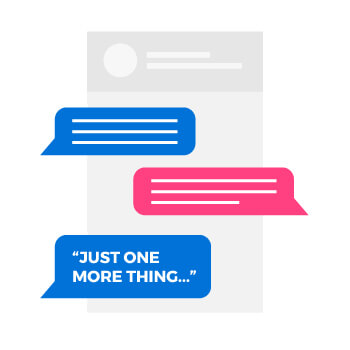
This technique takes its name from a classic 1970s TV show, Columbo, whose lead character – a detective with the last name Columbo – was famous for seemingly ending an interrogation before turning around and asking, “Just one more thing…”
In the world of sales, this close is most often used to uncover a hidden objection that’s holding up the sale. Once you’ve made it clear that the meeting or call is ending, slip in a question that cuts to the heart of the matter and earns you valuable information.
Michael Angelo Caruso, writing for dbusiness, has a great example: “Now that the presentation is over, may I just ask . . . why didn’t you buy from me today?”
The Assumptive Close
To use this technique, frame the language you use as you’re ending your pitch in a way that assumes the deal is done.
Hubspot offers three examples that you can customize to your needs:
- “When should we get started on implementation?”
- “What delivery date would you like?”
- “Which [package, tier, bundle] are you going with?”
The Take Away Close
If your leads are struggling to say yes – whether due to costs or some other factor – you can always offer to take away one or more features to make the deal more appealing.
Ideally, this doesn’t result in you closing a smaller deal. Instead – like a kid that’s been told they can’t have a toy they really want – your lead may wind up wanting the features even more, eventually closing the original deal you’d proposed.
The “Ben Franklin” Close
This “old school” close draws inspiration from Ben Franklin, who famously persuaded people to his side of an argument through the savvy use of pros and cons lists.
To use this in a sales setting, you’d summarize the pros and cons of your offering for your client, encouraging them to make a decision based on the list that’s stronger. The catch? To be successful, the pros list in favor of your offering should be at least 2-3X more valuable than the cons they outweigh.
The “Artisan” Close
The artisan close involves emphasizing to your leads how much time, energy or effort has gone into developing and delivering your product – the same way an artist might talk about the hundreds of hours that went into a painting or sculpture.
You need two things to make this close successful. First, it won’t work if you sell a low-value product or service. And second, your leads have to care. If they’re especially price sensitive, your company’s investment in its offering may not carry much weight.
The “Next Steps” Close
This is a fun one. Rather than doing the heavy lifting of closing a deal, you put the onus on your leads by asking them what they believe the next steps should be.
To be clear, this only works if your leads are basically already at the finish line. Otherwise, you risk hearing that their next steps will be “talk to another decision-maker” or “have a meeting and get back to you.” Lead them into it with a “yes ladder” of questions that gets them in the habit of answering in the affirmative and ensures you’ve resolved all possible objections.
The “S.A.R.B” Close
This framework comes from Saleshacker contributor Emily Meyer, and it involves four steps:
- Summary: Summarize what you spoke about and how it solves their business and person need
- Ask: For feedback and what stood out to them.
- Recommend: A next step and who on their side should be involved and why their involvement is important at this stage.
- Book: The next meeting with the prospect on the phone.
Sales opportunities won’t always proceed this smoothly, but having a framework like this in place at least allows you to ensure you’re moving in the right direction.
The “Hard to Get” Close
This hands-free technique from Mark Daoust is easy to implement: simply stop calling back and let prospects take the initiative to reach out to you when they’re ready to buy.
As Daoust notes in his Entrepreneur article, however, there are three things that have to be true for this approach to work:
- The client has to have enough information
- The client has to know that it’s up to them to initiate the next step
- All of the client’s needs must have already been addressed
After that? Being seen as a partner – not a pest – can prove profitable.
The “Visualization” Close
Visualizing success has a proven impact on everything from self-confidence to sports performance. With this close, you turn the full power of this practice on your prospects by encouraging them to imagine the full impact of purchasing your product or service.
Leverage whatever pain points they’ve shared with you to make the visualization as effective as possible. Once they can see themselves enjoying the benefits of your offering, closing becomes much easier.
The “Value Wedge” Close
According to Tim Riesterer of Corporate Visions, most B2B salespeople admit that there’s as much as 70% overlap between their solutions and their competitors.
So rather than trying to sell your solution from the ground up, focus instead on the 30% of your offering that’s different from others you’re going up against – aka, your “value wedge.” Focusing there helps your pitch stand out from others who are pitching generic benefits for relatively similar products or services.
The “1-2-3” Close
On the Yesware blog, Gwen Lamar shares a simple framework for driving a close:
- Identify three pain points your recipient has
- List out three end-picture benefits of your product
- Mention three of your top customers
It’s simple, but in her experience, it taps into people’s natural inclination to appreciate patterns and repetition. According to Lamar, there’s also science behind this one. She writes, “A study by UCLA also found three to be the perfect number in settings like sales emails where consumers know that the message source has a persuasion motive. Anything above three sparks skepticism from your prospect.”
The “Hard” Close
This one is exactly what it sounds like: the high-pressure, high-intensity “hard” close that’s long been associated with salespeople.
It’s not always appropriate, but it’s often effective when a situation calls for clarity over ambiguity (like when a lead shows signs of life for months, but never actually pulls the trigger). Use it sensitively, but always keep it in your sales arsenal.
How to Close a Sale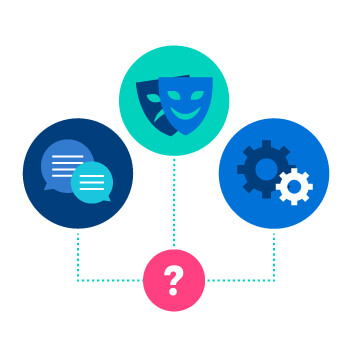
There are a few clues in the explanations above, describing when different techniques should be used. But when you’re actually in a meeting or on a call with a lead, you won’t have time to refer back to this list.
Here are three different signals you can watch for that’ll clue you into the kind of closing technique that’s best suited to the situation:
Verbal and Non-Verbal Cues
Does your lead’s voice sound warm or excited? If so, your sales presentation is likely on the right track. But if they’re sounding more curt, short or irritated, these could be signals to change up your approach.
The same goes for body language. Eye contact, a head tilting towards you, and a forward, engaged posture are all signs that you’re being positively received. Leaning back in a chair and crossed arms are two signs that the techniques you’re using aren’t landing.
Personality Clues
Measuring personality types is an inexact science. Every person is unique, and responds to stimuli in a different way, based on past experiences, cultural conditioning and more.
That said, there are personality frameworks that can be used to guide the sales process. The popular DISC model, for example, is based on four personality types: dominant, inspiring, supportive and cautious.
Every interaction you have in the sales cycle gives you clues as to the type of personality you’re dealing with; these clues let you know which closing styles are most likely to be effective.
For example, a supportive personality type might respond most positively to a visualization close that helps them see themselves benefitting their team by implementing your offering. A dominant person, on the other hand, might respect the straight-forward nature of a hard close, rather than something more ambiguous.
Testing Your Close
Finally, keep in mind that you don’t have to go all-in on a close right away. You can test pieces of your chosen technique to see if you’re on the right track.
Rather than doubling down on a scarcity close, for example, you could see how a prospect responds to your request for an urgent meeting. If they won’t make the time for you, that could be a sign that they either a) don’t really understand your value yet, or b) aren’t likely to be receptive to a high-pressure scarcity technique.
Closing isn’t all-or-nothing, and it doesn’t have to use a defined technique to be successful. Experiment. Test. Transform these techniques into your own models to see what works and what doesn’t. The data you gain throughout this process will be invaluable to your overall sales performance.


